In recent years, augmented reality (AR) has emerged as a vital marketing tool, allowing businesses to change how customers perceive their environment. The technology is extremely valuable to the hospitality industry because hotels essentially sell a physical environment that can be enhanced through AR. Here, you learn how AR is improving the hospitality industry.
What Is Augmented Reality?
Augmented reality alters a person’s perception of their physical surroundings through the use of computer technology. It is often compared to virtual reality (VR). Still, while VR replaces the real-world environment with a completely virtual one, augmented reality enhances the real-world environment in real time.
The technology can be deployed in several ways, including smartphones, tablet devices, or headsets. Essentially, augmented reality introduces digital components into reality rather than replacing it. This often occurs by overlaying information over a live picture of a physical environment.
As a result, augmented reality can be used to add physical graphics to an environment when viewed through a device, alter the environment’s appearance, or make it more interactive. According to the Global Augmented Reality Market Insights Report by SkyQuest, the global augmented reality market is projected to grow at a CAGR of 40.9% until 2030.
Why Is Augmented Reality Becoming Important in the Hospitality Industry?
Augmented reality has emerged as an important concept within hospitality management in recent years because it allows hotels and other related businesses to enhance the physical environment they sell (i.e., their hotel and its rooms) or the experience of exploring the surrounding area.
Another key explanation behind the rise of AR in the hotel industry is the amount of information guests tend to ask for, both before and after arrival. Augmented reality technology can make much of this information readily available to customers at all times of the day, improving their entire experience.
Moreover, the importance of technology within the hospitality sector has increased in line with the shift in target demographics. Today, millennials are the dominant consumer generation and are more likely than previous generations to utilize digital technology and buy things like virtual reality and augmented reality devices. According to the Augmented and Virtual Reality in Hotels Report by Science Direct, the global AR/VR in hospitality market size is projected to grow at a CAGR of 26.01% until 2026.
Examples of How to Use Augmented Reality Within the Hospitality Industry
Below, we explore some of the most effective uses of augmented reality in the hospitality industry so far.
1. Interactive Hotel Rooms
One way hotel owners can use augmented reality to boost their offerings is through the use of interactive elements within hotel rooms. An example of this is The Hub Hotel from Premier Inn in the United Kingdom, which has started using AR in conjunction with wall maps placed in its hotel rooms.
By pointing a smartphone at the map, guests can see additional information about local places of interest, enhancing the use of the map itself and potentially making their stay more convenient and enjoyable.
Example: Augmented Reality Florence Travel Guide – Italy
2. Gamification
Pokemon Go was one of the first mainstream examples of augmented reality hitting the gaming world, but its success has led to an increase in usage of the technology. The hospitality industry is now getting in on the action, using AR games to improve the overall hotel experience.
Hotels can often make their location important to an established AR game. However, there is also the potential to develop their apps, which can make exploring the hotel or local area more enjoyable.
3. Augmented Hotel Environments
Many hotels are seeing the benefits of using augmented reality to enhance their environments. For example, Holiday Inn created an augmented reality hotel experience that allowed guests to point their smartphones and see realistic virtual depictions of celebrities in the hotel.
Meanwhile, Best Western experimented with augmented reality and Disney stars, allowing children to see themselves alongside characters from Disney films. Other hotels have used AR apps to allow guests to redecorate virtually.
Augmented Reality Quest at the Best Western Kelowna
4. Beacon Technology
Finally, beacon technology is connected to the concept of augmented reality and works through Bluetooth, allowing marketers to send information to customers when they are in specific locations. This technology is potentially invaluable to hotel owners, and we are already seeing examples of its effectiveness.
Starwood Hotels, for instance, used the technology to send guests a virtual key, allowing them to unlock their doors through their phones. Others have used beacons to send maps and other information at opportune moments.
5. More Examples of Augmented Reality Use Cases in Hospitality
| Application Area | AR Implementation Examples | Benefits for Guests and Hotels |
|---|---|---|
| Room Selection | Virtual tours of rooms and facilities using AR before booking. | It allows guests to make informed decisions and increases satisfaction and booking rates. |
| Navigation Assistance | AR-enabled apps provide directions within the hotel premises. | Improves guest orientation and reduces frustration and staff inquiries. |
| Local Attractions | AR overlays on smartphone cameras showing nearby attractions and information. | Enhances guest exploration and experience, and promotes local tourism. |
| Language Translation | Real-time AR translation of menus, signs, or information booklets. | It breaks down language barriers and improves accessibility and understanding. |
| Food and Beverage Menus | AR menus allow guests to see realistic 3D models of dishes before ordering. | It helps with menu selection and increases satisfaction and dining experiences. |
| Event Previews | AR previews of event setups and configurations in meeting spaces or ballrooms. | Assists in event planning and increases booking confidence and sales. |
Virtual Reality & Artificial Intelligence
Would you like to learn more about other digital technologies that can benefit your business? Have also a look at the articles “How Virtual Reality can Enrich the Hospitality Industry” and “Using Artificial Intelligence in the Hospitality Industry”.
Augmented Reality in Hospitality Industry FAQs
Did You Like This Article About Augmented Reality in Hospitality Industry?
You might also be interested in the following articles:
- Blockchain Technology and Its Uses in the Hospitality Industry
- Examples of Robots Being Used in the Hospitality Industry
- How the Internet of Things (IoT) Can Benefit the Hospitality Industry
- How Can Voice Control Benefit the Hospitality Industry?
- Use Cases of Facial Recognition in The Hospitality Industry
- Smart Hotel; What Are the Benefits for Hotel Owners and Guests?
- Ways to Transform a Hotel Room Into a Smart Room
More Tips to Grow Your Business
Revfine.com is the leading knowledge platform for the hospitality and travel industry. Professionals use our insights, strategies, and actionable tips to get inspired, optimize revenue, innovate processes, and improve customer experience.Explore expert advice on management, marketing, revenue management, operations, software, and technology in our dedicated Hotel, Hospitality, and Travel & Tourism categories.
This article is written by:
Hi, I am Martijn Barten, founder of Revfine.com. With 20 years of experience in the hospitality industry, I specialize in optimizing revenue by combining revenue management with marketing strategies. I have successfully developed, implemented, and managed revenue management and marketing strategies for individual properties and multi-property portfolios.

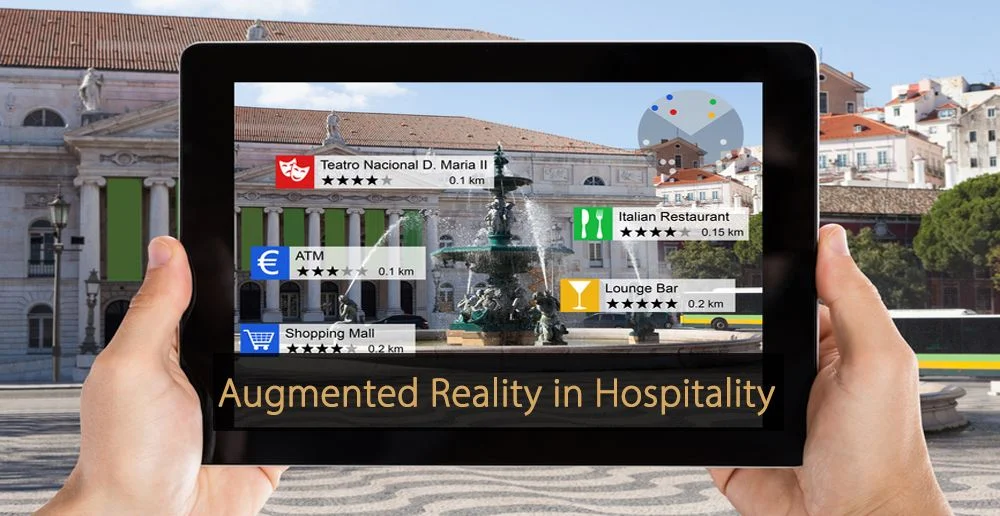
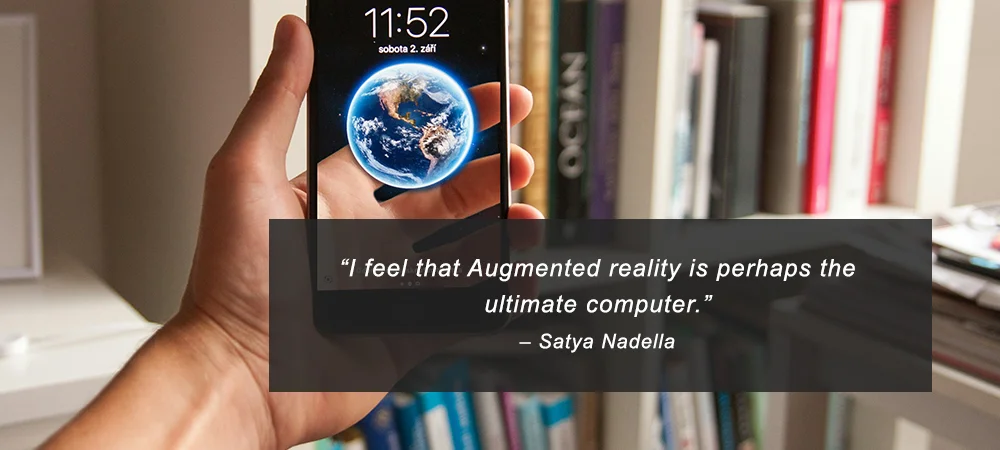

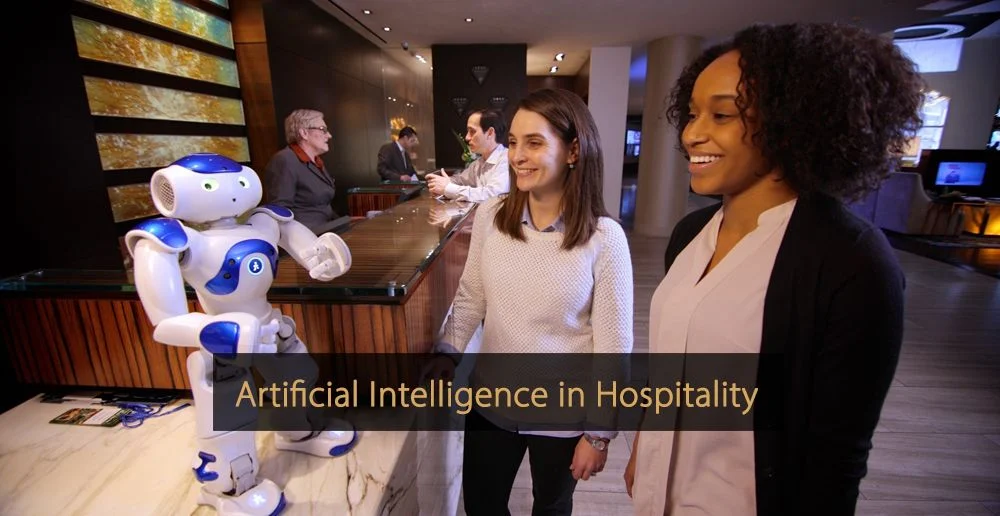
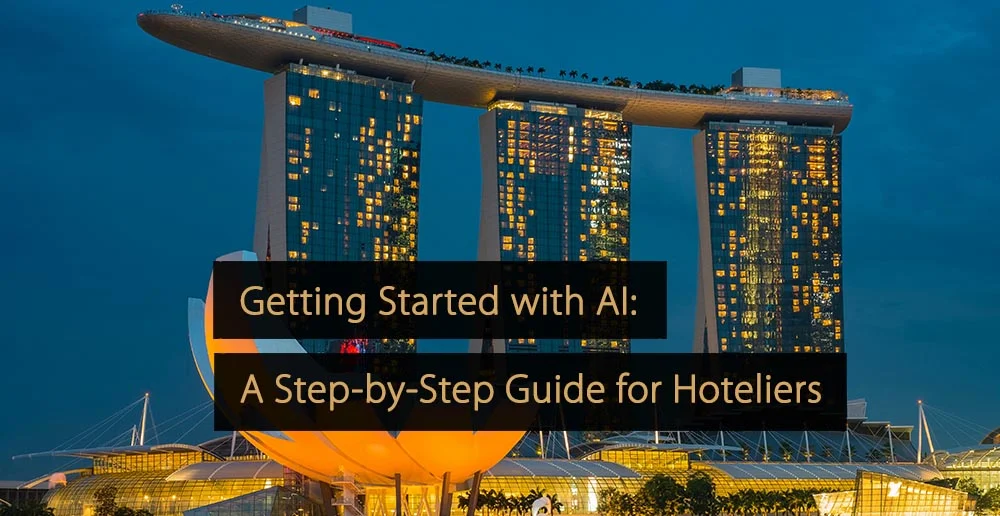

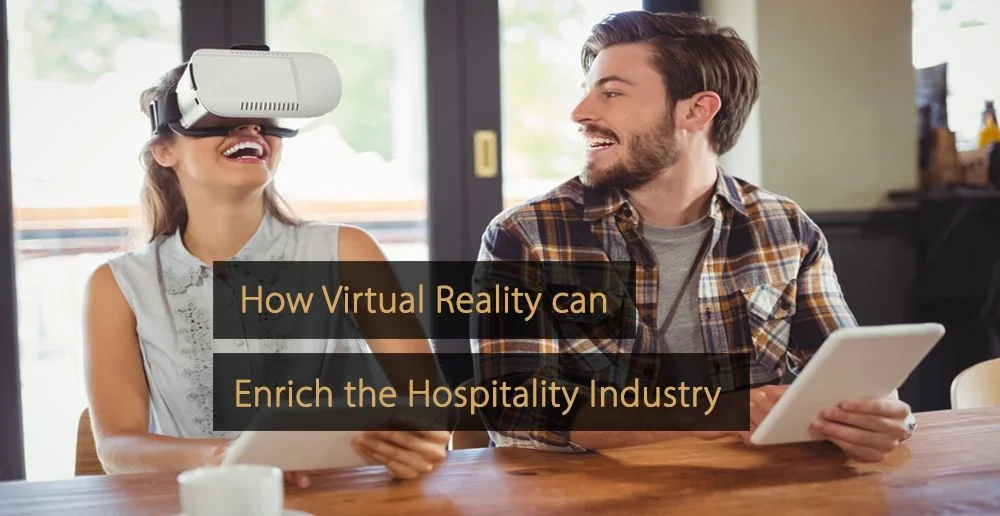

Leave A Comment